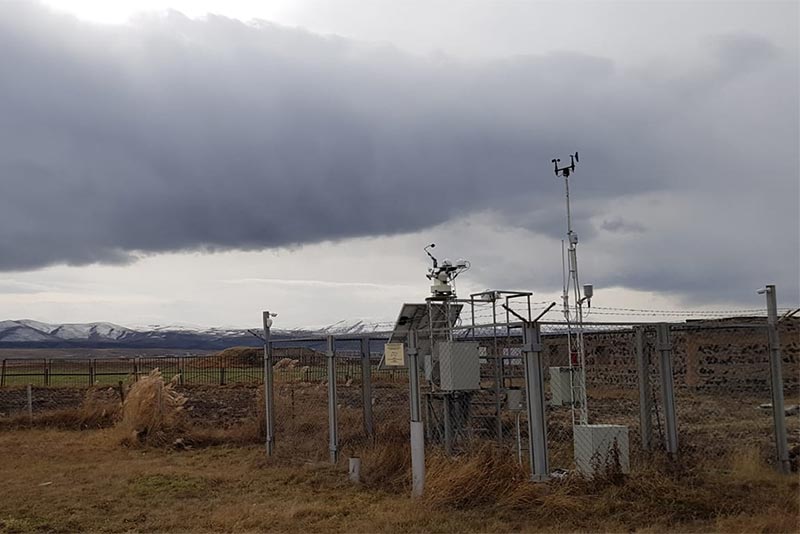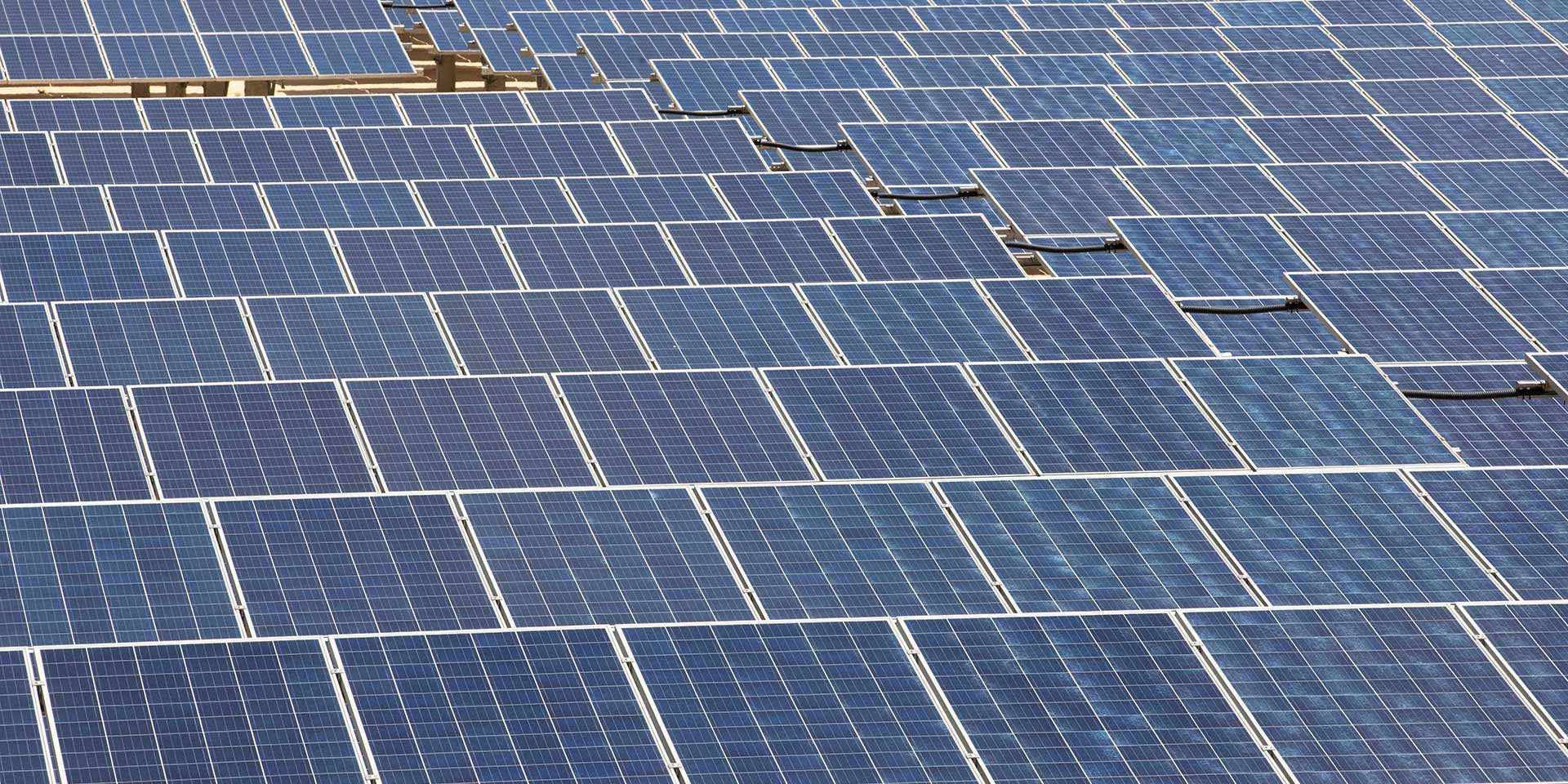Armenia imports nearly all its gas—a level of dependence that poses a systemic challenge to the nation. Though the country has no domestic gas or nuclear resources, it does have one important asset: the sun. Now, the government and the private sector are working together to scale up solar generation to ensure energy security and to cut both emissions and fuel-import costs.
Masrik Solar, Armenia’s first grid-scale solar photovoltaic (PV) project, is a key element of that strategy. The World Bank has helped the government with feasibility studies and support preparing the Masrik project since 2015. In 2017, the government, with support from the World Bank, launched a successful international public tender for a 55-megawatt (MV) solar PV project—the first major step on the country’s path toward energy independence. The World Bank continued to provide transaction advisory support.
Now, IFC is financing the development, construction, and operation of Masrik Solar, which includes a 55-MW power plant and a 9-kilometer transmission overhead line located in Mets Masrik municipality, Gegharkunik Province, a rural community located by Lake Sevan. It is Armenia’s first large utility-scale and competitively-tendered solar independent power producer.
The project will operate under a 20-year power purchase agreement and is expected to have a total cost of $55 million. The company will receive a $35.4 million debt financing package financed on a 50:50 basis by IFC and the European Bank for Reconstruction and Development (EBRD). The project will also receive a €3 million investment grant from the European Union, mobilized by the EBRD. The IFC financing package includes an $8.9 million loan from IFC’s own account and an $8.9 million loan from IFC acting in its capacity as the implementing entity for the Finland-IFC Blended Finance for Climate Program.
Masrik Solar will help assure the reliability of Armenia’s electricity supply by increasing the country’s peak-load capacity at affordable tariffs, while also contributing to lowering the greenhouse gas emissions from the power system. As the first utility scale solar power project in a nascent market, Masrik Solar is expected to help create a template for future solar power projects by demonstrating the viability of competitive power generation from a local renewable resource.
Once it becomes operational in the summer of 2022, Masrik Solar is expected to generate over 128 gigawatt hours of electricity per year at a competitive tariff of 4.19 cents per kilowatt hour. The project will help reduce greenhouse gas emissions by around 40,000 tons annually between 2022 and 2042 by replacing power generated from more carbon-intensive sources.

The measurement station for the Masrik solar plant. Photo: Dmitrij Semeniuk
A Foundation for Renewable Energy
The Masrik Solar initiative comes after 15 years of collaboration between the World Bank Group and the Government of Armenia. Since 2005, the government, with support from the World Bank, has implemented sweeping power-sector reforms to deliver a cleaner and more efficient power supply to consumers. The reforms introduced more sustainable tariffs and set renewable energy feed-in tariffs.
After the power sector was unbundled, separate generation, transmission and distribution companies were established, and an independent regulator was introduced. The reforms improved the sector’s financial stability—including the financial health of the Electric Networks of Armenia, the company responsible for distribution of electricity to consumers. This established a foundation that was more attractive to private investors.
The Masrik Solar project is the most recent example of the government’s efforts to attract private sector investment to greenfield power generation, and start developing grid-scale renewable energy sources. Building on its progress with Masrik Solar, the government is planning further solar power projects which are expected to be based on the risk allocation frameworks developed as part of Masrik Solar. Furthermore, the World Bank helped the government introduce a standard power purchase agreement for renewable energy projects below 30 MW capacity to promote further private sector investment.
With increased private investment, Armenia’s power sector will be able to bolster energy security and ensure the supply of reliable power. Alongside much-needed capital, private companies are also sharing their expertise on governance and best practices and introducing cutting-edge technology.
Long-term Support
IFC has supported the growth, reliability, and independence of Armenia’s power sector for many years. Support includes an equity investment in 2015 and a $140 million long-term debt package for the privatization of the Vorotan hydropower complex in 2016. This was the first major international debt-financing package in Armenia’s power sector. The Vorotan complex is one of the country’s main power-generating facilities, providing 12 percent of Armenia's electricity generation.
That initiative led to additional private investment in the country’s energy sector. In 2019, IFC and the Multilateral Investment Guarantee Agency (MIGA), another member of the World Bank Group, supported the financing of Armenia’s first greenfield project-financed power plant, a 250-MW gas-fired thermal power facility to help bolster the power generation. It will replace an old, less-efficient 410-MW thermal power plant, increasing efficiency for gas-fired electricity, lowering imported gas costs, and cutting greenhouse gas emissions.
Join the conversation: #IFCimpact
Published in July 2020
